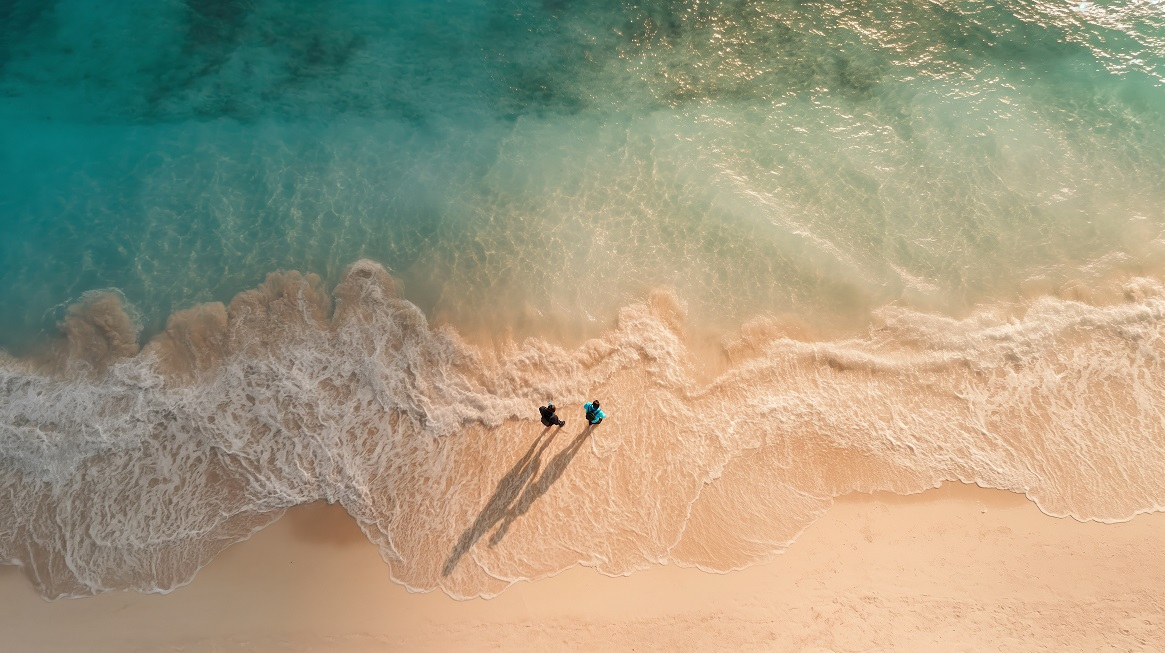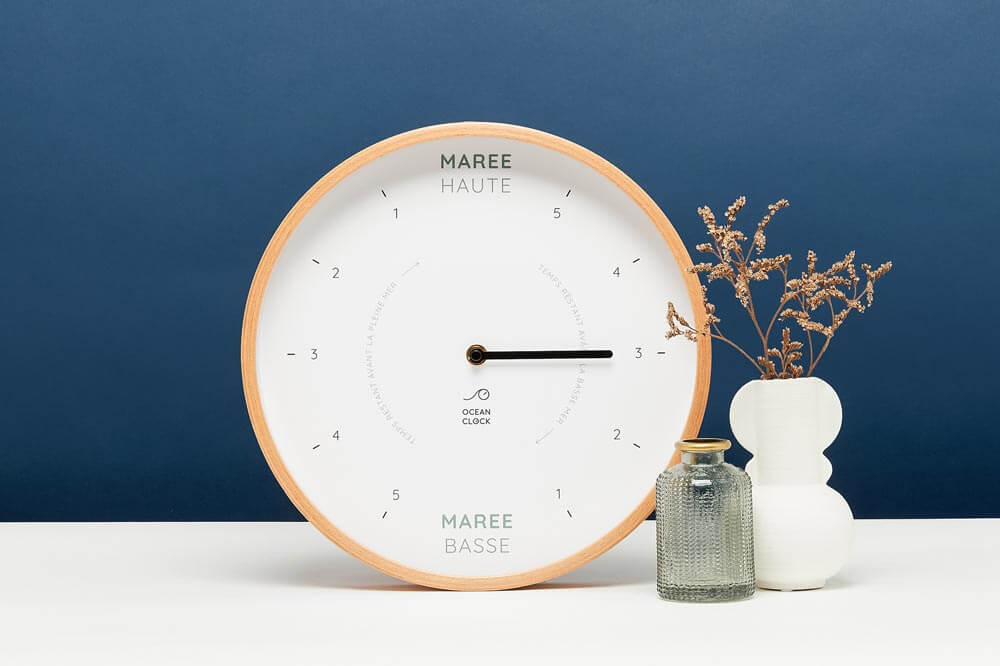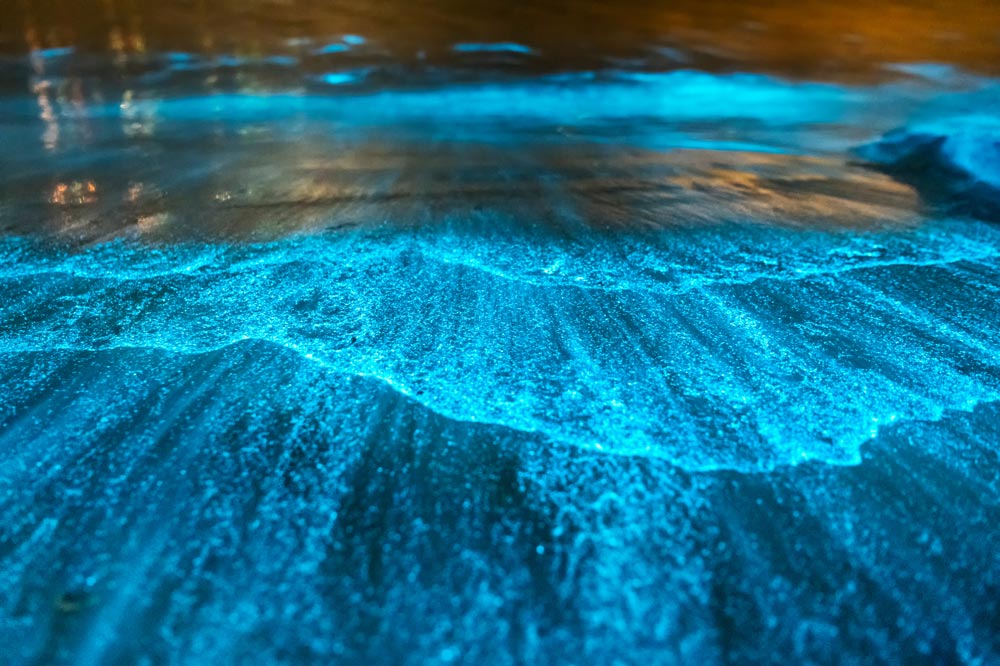Why are equinox tides stronger than normal tides ?
Explanation of this fascinating maritime phenomenon
Tides are quite a complex phenomenon that arouses many questions. In a previous article, we explained to you why there are such things as high tides and low tides. In some areas, water moves just a dozen of centimetres while in other areas it can be dozens of metres ! Tides can be rather impressive, especially at the equinoxes. Another phenomenon that needs an explanation !
Tide equinoxes explained in a few words
As we approach equinox periods, coastline dwellers are overwhelmed with both excitement and apprehension. Large tides can be beautiful to watch but its violence and speed can turn out to be dangerous, so it is better to watch them from a long distance.
Before going to watch this phenomenon, check out the tide schedule first to avoid bad surprises. With our tide indicating device, you will know at a glance whether it is high or low tide thanks to its simplified dial.

© Studio 255
While watching the landscape change, have you already wondered why tides are so strong at that time of year ? Let us explain to you why it is so.
What is equinox ?
Before talking about strong tides, let us tell you what equinoxes are about. They appear at times of the year when daytime is as long as night-time.
This phenomenon appears depending on the position of the Earth relative to the Sun. Indeed, at times of equinoxes, the equator faces the sun.
These times happen twice a year : the Spring Equinox happens around the 20th of March whereas the Autumn Equinox takes place around the 22nd of September, depending on the year. But what does it have to do with tides ?
The relation between tides and stars' attraction
If you have already read our previous article on tides phenomenon, you know that the pull exerted on the Earth by the Moon and Sun triggers tides.
During equinoxes, the Sun exerts a stronger pull on the Earth than the rest of the year, because of the alignment between the sun and the equator. Consequently, the water surface is strongly attracted by the Sun, which accentuates tides, we call them “great tides”.
If on top of that there is also an alignment of the Moon with the Earth and Sun, then tides will get even stronger as the water will be twice as pulled by these two stars.
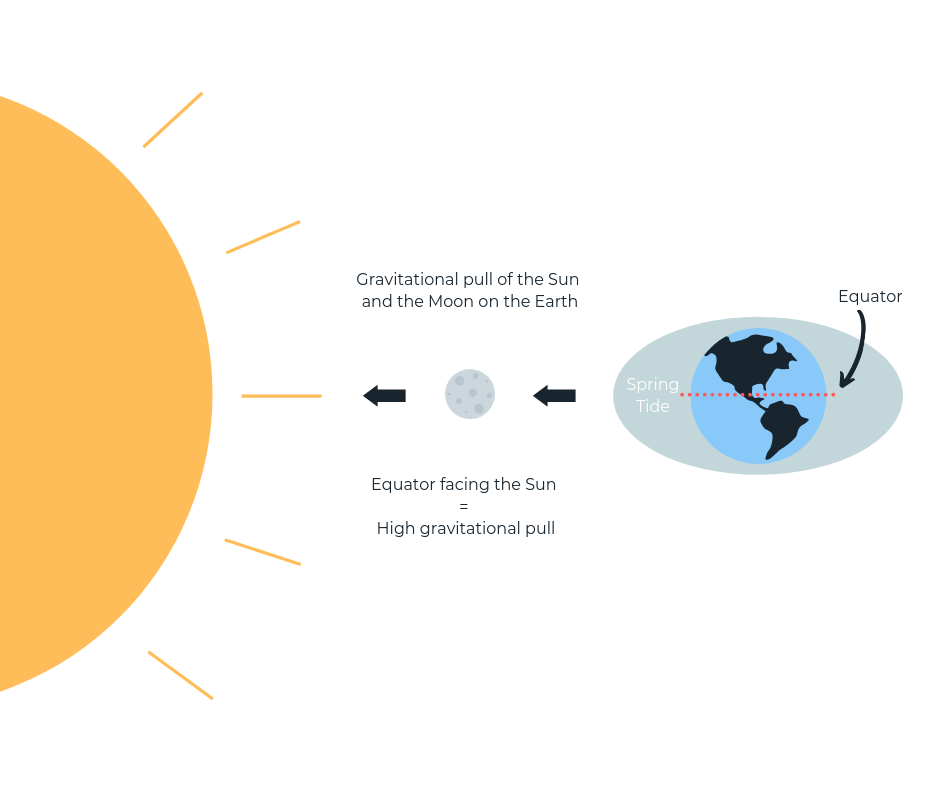
On the contrary, around the summer solstice (the longest day of the year ) and the winter solstice (the shortest day), tides get weaker. Indeed, the Earth is tilted to the Sun, the exerted pull thus gets a lot weaker and tidal coefficients get lower.
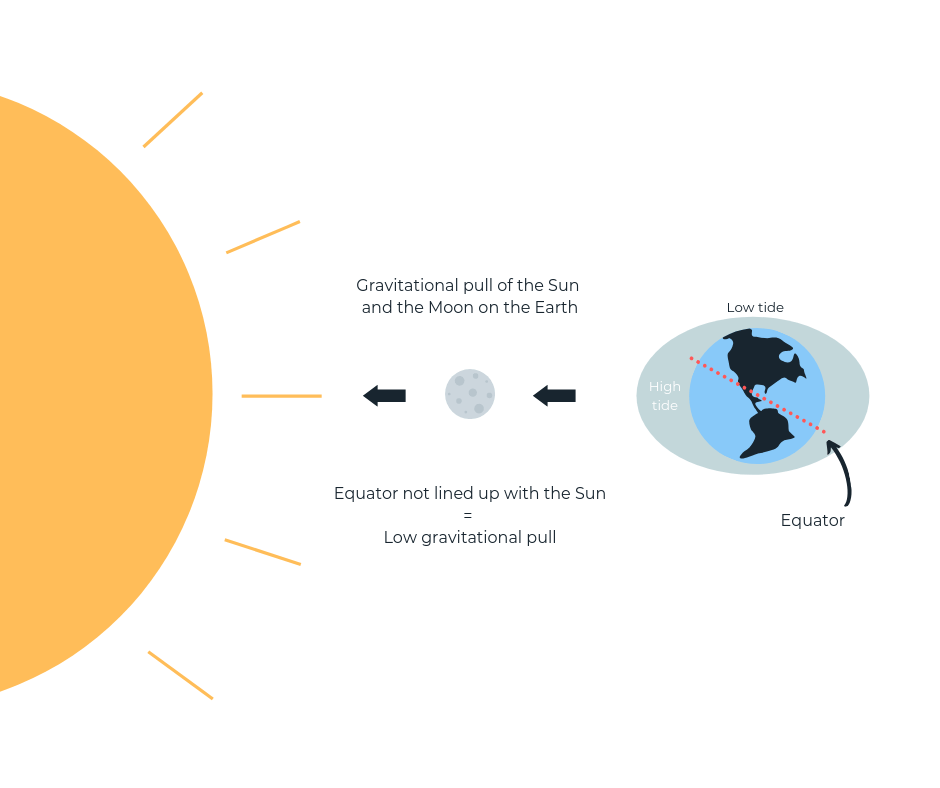
You now know why tides are stronger at equinox times, from an astrological point of view.
What do equinox tides on our coasts look like ?
Let us leave space and put our feet back on Earth ! Basically, what happens to our coasts during equinox tide ?
Strong tidal coefficients affecting the coastline
At equinox times, our coastal landscape changes radically and in very little time due to a strong tidal range. This means that the difference of height between low tide and high tide is stronger than usual.
For instance, in the Mont-Saint-Michel bay, the average tidal range is between 8 and 9 metres but it can reach 13 metres at times of strong coefficient like during equinox tide.


What to do during equinox tides ?
During equinoctial tides, you can enjoy admiring the endless stretches of sand caused by very low tides. It is a time much appreciated by people who enjoy gathering seafood by hand and walking along the seaside.

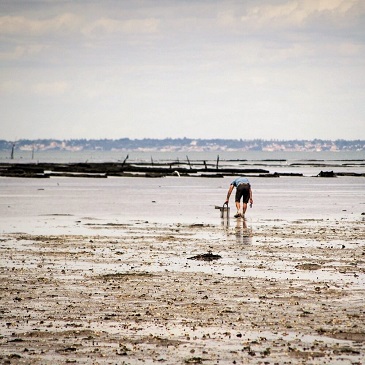
However, beware of high tides going up very fast as they can cause floods. If you wish to admire strong equinox tides, we suggest you go to the town of Saint-Malo and the bay of Mont-Saint-Michel which have the highest tides in Europe.
Tides have many more secrets to unveil ! So stay connected
